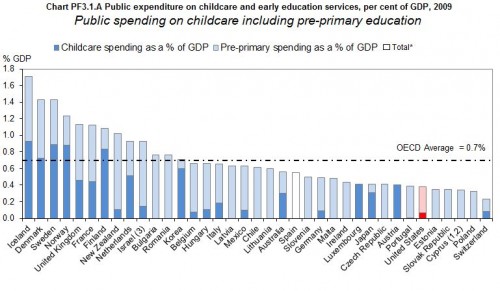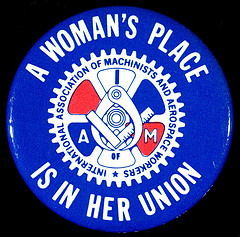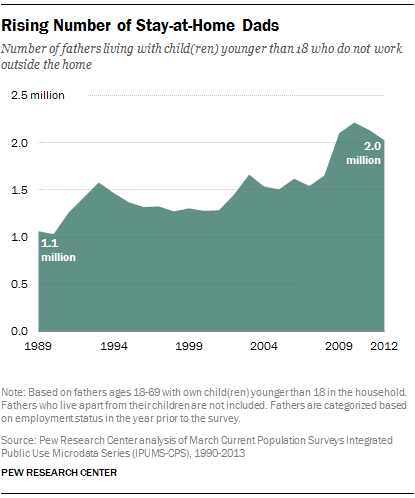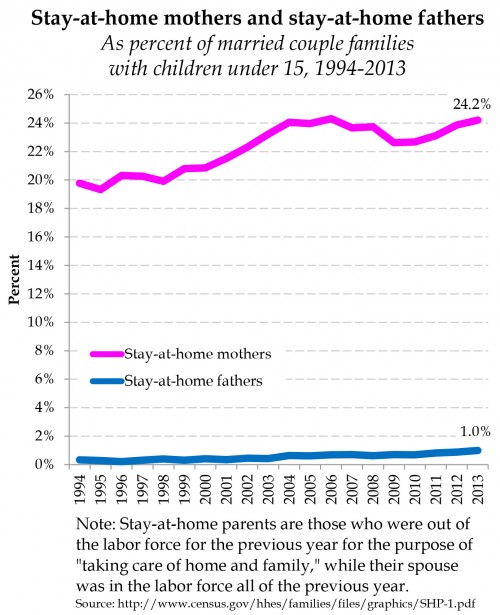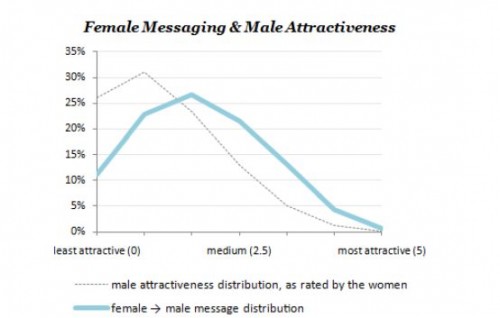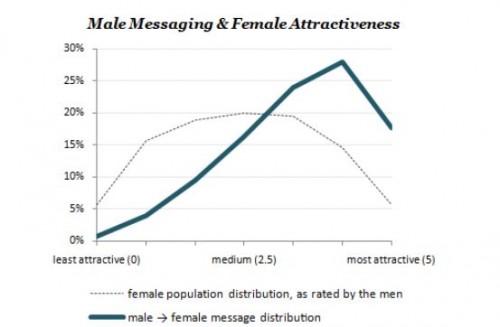Ross Douthat is puzzled. He seems to sense that a liberal policy might actually help, but his high conservative principles and morality keep him from taking that step. It’s a political version of Freudian repression – the conservative superego forcing tempting ideas to remain out of awareness.
In his column, Douthat recounts several anecdotes of criminal charges brought against parents whose children were unsupervised for short periods of time. The best-known of these criminals of late is Debra Harrell, the mother in South Carolina who let her 9-year-old daughter go to a nearby playground while she (Debra) worked at her job at McDonald’s. The details of the case make it clear that this was not a bad mom – not cruel, not negligent. The playground was the best child care she could afford.
One solution should be obvious – affordable child care. But the U.S. is rather stingy when it comes to kids. Other countries are way ahead of us on public spending for children.
Conservatives will argue that child care should be private not public and that local charities and churches do a better job than do state-run programs. Maybe so. The trouble is that those private programs are not accessible to everyone. If Debra Harrell had been in France or Denmark, the problem would never have arisen.
The other conservative U.S. policy that put Debra Harrell in the arms of the law is “welfare reform.” As Douthat explains, in the U.S., thanks to changes in the welfare system much lauded by conservatives, the U.S. now has “a welfare system whose work requirements can put a single mother behind a fast-food counter while her kid is out of school.”
That’s the part that perplexes Douthat. He thinks that it’s a good thing for the government to force poor women to work, but it’s a bad thing for those women not to have the time to be good mothers. The two obvious solutions – affordable day care or support for women who stay home to take care of kids – conflict with the cherished conservative ideas: government bad, work good.
This last issue presents a distinctive challenge to conservatives like me, who believe such work requirements are essential. If we want women like Debra Harrell to take jobs instead of welfare, we have to also find a way to defend their liberty as parents, instead of expecting them to hover like helicopters and then literally arresting them if they don’t.
As he says, it’s a distinctive challenge, but only if you cling so tightly to conservative principles that you reject solutions – solutions that seem to be working quite well in other countries – just because they involve the government or allow poor parents not to work.
Conservatives love to decry “the nanny state.” That means things like government efforts to improve kids’ health and nutrition. (Right wingers make fun of the first lady for trying to get kids to eat sensibly and get some exercise.)
A nanny is a person who is paid to look after someone else’s kids. Well-off people hire them privately (though they still prefer to call them au pairs). But for the childcare problems of low-income parents, what we need is more of a nanny state, or more accurately, state-paid nannies.
Jay Livingston is the chair of the Sociology Department at Montclair State University. You can follow him at Montclair SocioBlog or on Twitter.

